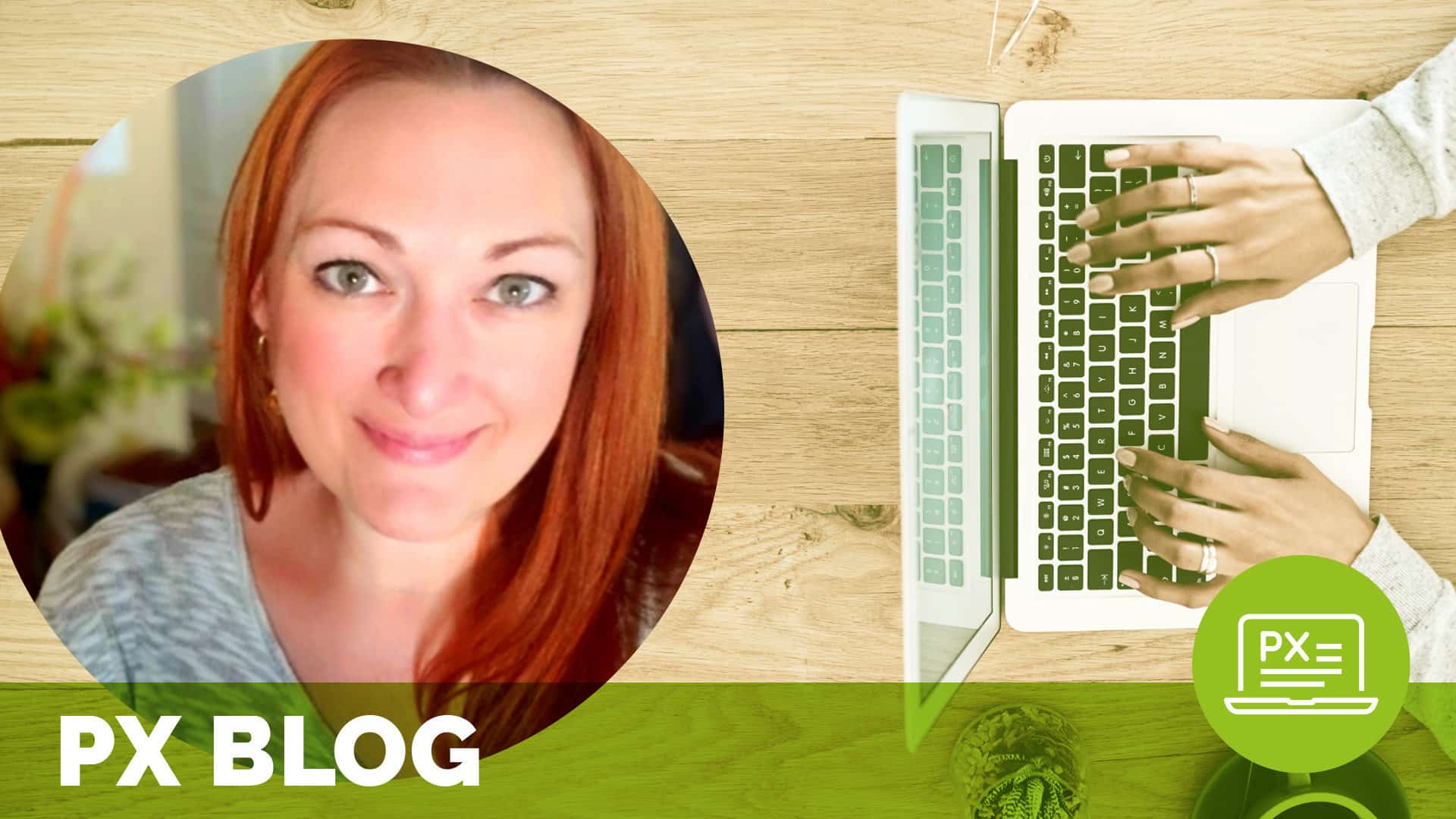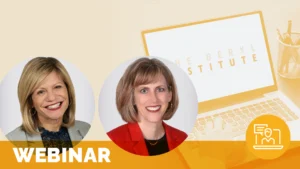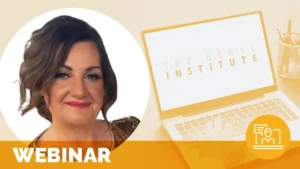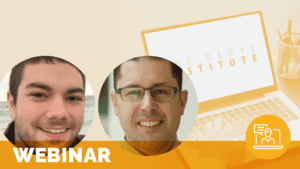Combining Volunteer Services and Patient Experience: Why it Matters

I am not terribly vocal about my personal life –indeed, we all have them and at some point, we all experience intense positivity and intense negativity that impact who we are and how we see the world. That moment came for me when I was 27 years old. Up until that moment in my life, I had never truly committed to lifelong volunteerism and service to others. I was busy building a career and had the thought most of my peers had: “Someone else will do it.”
At 27, I was pregnant with my first daughter, and at 5 months gestation gave birth early to a beautiful, little 1-pound, 1-ounce bundle. For 8 days I lived in the NICU watching my little-bit grow strong and healthy, and then she wasn’t there anymore. My grief was unimaginable. As I sat in the family room after my daughter was taken to the morgue, in disbelief I heard a woman’s voice ask,“Would you like some company?” I looked up to find a hospital volunteer who had been specifically trained as a first-line responder for parents in grief. Amy seemed to know I had so many unanswered questions, and through kindness, she pointed me in directions of processing the loss of my child.
The next few hours, days, and weeks were a whirlwind of forms, reports, interviews, and doctor’s visits. Amy had connected me with a Patient Experience Advocate at my hospital, and together the three of us navigated the passing of my sweet Maysie. The patient experience group ensured I was seen. The volunteer group ensured I was heard, and I can’t imagine going through that experience without either side of the table advocating for my humanity. In the aftermath of this event, I found peace and solace knowing that other parents with babies in the NICU would learn from my experience as a mother with a premature child.
It was from this experience I began a lifetime of volunteer service in helping parents understand the gravity of having a premature child. Ultimately, this led me to a career in volunteer software where I could use my empathy of being a patient/mother who had experienced loss in combination with empowering the very people who helped me years ago: Volunteers and Patience Experience.
When we think about change and what a global pandemic has uncovered, we see several organizations moving volunteerism under the patient experience umbrella. The Beryl Institute is a great example of embracing volunteerism as a special community. I spent my time learning from volunteer leaders across the country during COVID-19, listening and asking questions about the trepidation surrounding volunteer groups feeling lost under the patient experience umbrella. I have been amazed at the tenacity of patient experience groups taking time to absorb volunteerism in healthy and productive ways. I have been amazed at the courage volunteer groups have exhibited during times of uncertainty. Both sides of the table found they had more in common than not and crafted policies to use volunteers in ways they never thought of before.
Some ideas to ponder when combining your groups:
- Can a volunteer enhance your PX effectiveness? Training volunteers to be a first-line defense for patients gives PX professionals time to respond and prioritize patient care.
- Can my volunteers become a marketing tool for my organization? Volunteers can spread the unified message of why your organization excels at the PX experience and can directly impact your PX scores simply by being present to lead the message.
- Can volunteers and PX professional groups coexist to collectively expand their reach? Yes! Volunteers can permeate revenue-generating departments in ways that expand patient outcomes, such as unit floors, rehab, oncology support, and many others. They can return and report to PX groups what they see and hear to proactively address pitfalls and failure points.
If you haven’t already done so, I would highly encourage every patient experience group to take a second, third and even fourth look at your volunteers. You will never know what they bring to the table unless you willingly look for their value.
Author Bio:
 Cate Murphy has over 23-years’ experience with teams and management of large projects. Her in-depth education in Human Resources, Corporate Training and Team Development (Organizational Behavior), as well as multiple industry-recognized advanced certifications make her uniquely qualified to identify processes from multiple narratives and predict their integration with all areas of product usage and executive management teams. Ms. Murphy is a sought-after motivational speaker bringing real-world applications that are readily deployed within each session she teaches.
Cate Murphy has over 23-years’ experience with teams and management of large projects. Her in-depth education in Human Resources, Corporate Training and Team Development (Organizational Behavior), as well as multiple industry-recognized advanced certifications make her uniquely qualified to identify processes from multiple narratives and predict their integration with all areas of product usage and executive management teams. Ms. Murphy is a sought-after motivational speaker bringing real-world applications that are readily deployed within each session she teaches.
Related content
-
 Culture & Leadership | Staff & Provider Engagement
Culture & Leadership | Staff & Provider EngagementEnterprise Volunteer Management: From Silo to Systemness
The ever-changing healthcare environment has required hospitals across the country to rethink how they deliver care and support services. Inova Health System in Northern Virginia has been on a transformational journey to embed a culture of collaboration across the organization. Volunteer Services is one of the areas that has shifted from a silo-based to an
Learn more -
 Culture & Leadership | Patient Family & Community Engagement | Staff & Provider Engagement
Culture & Leadership | Patient Family & Community Engagement | Staff & Provider EngagementA System-Wide Transformation in Human Experience at NSW Health
Global Headliner Webinar Series (Complimentary) – Join us as we reflect, reconnect, and recommit to elevating the human experience—not as an initiative, but as a way of being. Tuesday, August 19, 2025 10:00 PM EDT – Eastern Daylight Time (New York) Wednesday, August 20, 2025 12:00 PM AEST – Australian Eastern Standard Time (Sydney, Melbourne,
Learn more -
 Culture & Leadership | Quality & Clinical Excellence
Culture & Leadership | Quality & Clinical ExcellenceImproving Interpreter Services Documentation for Equitable LEP Care
Patients with Limited English Proficiency (LEP) face significant barriers to accessing quality healthcare, leading to disparities in outcomes. Utilizing qualified medical interpreters is essential for bridging these gaps, yet systematic integration of interpreter services remains a challenge for many healthcare organizations. This webinar highlights the journey of an academic health system in New England that
Learn more
